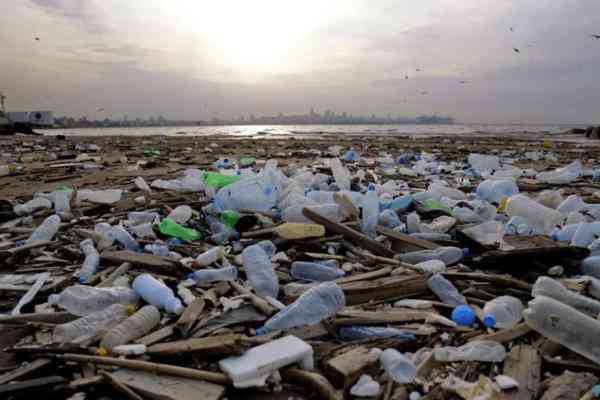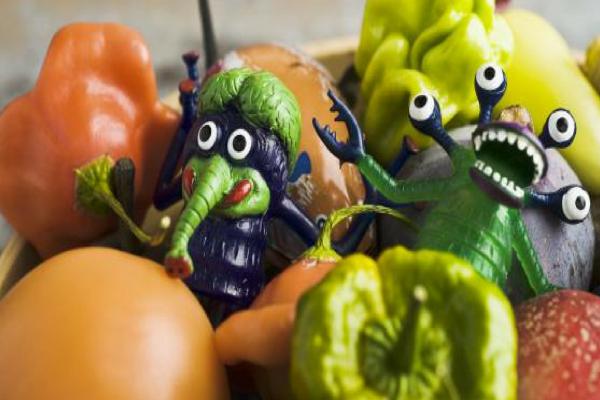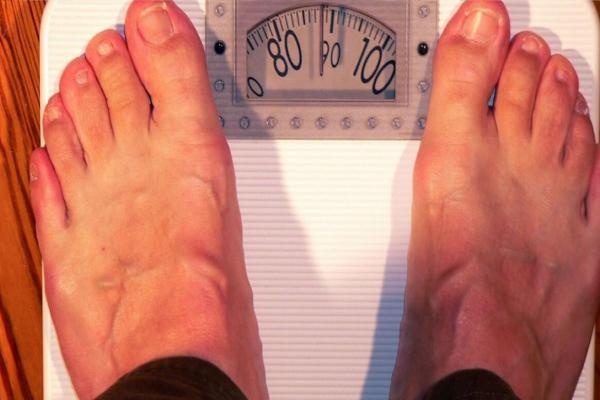Pollution: we eat plastic

Pollution: Images and films showing dead wild animals (birds, turtles, fish, etc.) with plastic debris in their stomachs are increasing to alert us to environmental pollution and its consequences on wildlife. Researchers at the University of Vienna, Austria, went further and showed that we humans too have plastic in our digestive systems. From the environment to our plate, the circle of plastic pollution has come full circle.
Plastic in our food and therefore in our stools, this is what a team of researchers from the University of Medicine in Vienna, Austria, found. The results of this research were presented at the congress of the European Union of Gastroenterology which takes place in Vienna on Tuesday, October 23.
The study is small, only 8 volunteers, living in different countries (Italy, Finland, Poland, United Kingdom, Russia and Japan…) and with varied diets were recruited. But in 100% of the cases, the samples analyzed were positive: at least, 10 grams of faeces contain eighteen plastic microparticles (between 50 microns and 0.5 millimeters), the maximum being 172, and the median located at twenty. More surprisingly, almost all types of plastics researched have been found. Polypropylene (PP) and polyethylene terephthalate (PET) were identified in all samples, the other materials most frequently found being polystyrene (PS), polyethylene (PE) and polyoxymethylene (POM).






